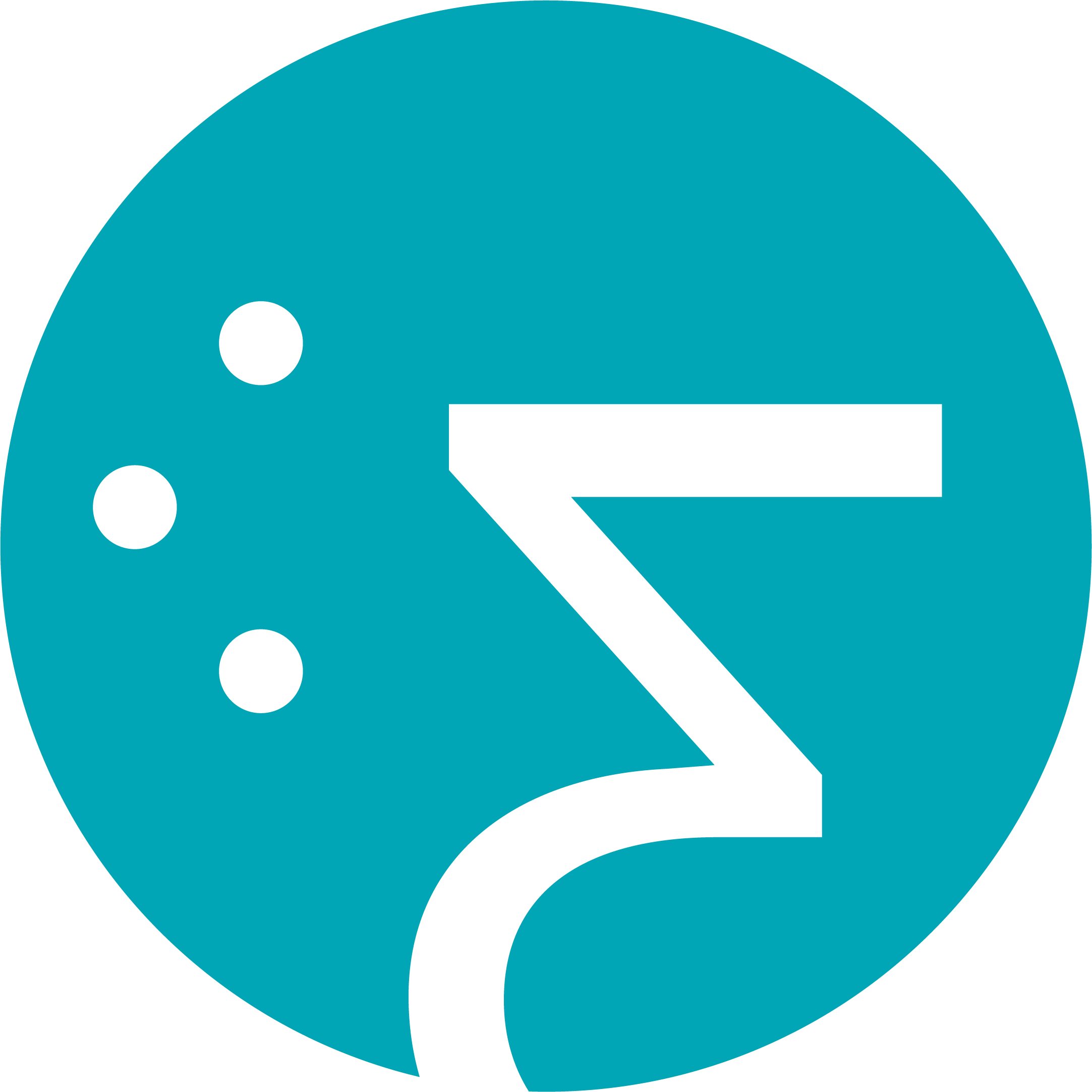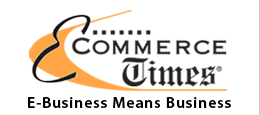What SAP Can Learn From Salesforce.com
In its continuing effort to outpace its competition, Salesforce.com unveiled a new “SOA as a service” strategy today.
This is the company’s latest attempt to extend its footprint across the software landscape and increase its relevance to a wider population of users, developers and partners. This move also offers another clue for how established independent (read: incumbent) software vendors (ISVs) can better position themselves in the rapidly evolving Software-as-a-Service (SaaS) market.
(By coincidence, IBM kicked off its IMPACT 2007 user conference today by spotlighting its software and services aimed at the $160 billion SOA opportunity.)
Service-oriented architecture (SOA) has become a popular software development framework aimed at making applications more responsive to business requirements. Although the hype regarding the benefits and market acceptance of SOA far exceeds the reality, there is little debate that the proper implementation of SOA can generate meaningful returns and for that reason SOA is gaining greater interest and acceptance.
And, the principles behind SOA are also fueling the growth of SaaS. Namely, corporate executives and end-users are longing for a new breed of applications which can respond to their business requirements and provide a viable alternative to the costs and complexity associated with legacy applications. This means software which is designed to reflect the business processes and workflows of a corporate environment rather than software which is designed to accommodate the limitations of the IT architecture.
The appeal of this promise in the SaaS world is personified by the success of Salesforce.com. But, Salesforce.com’s success has been driven by more than the quality of its SaaS solutions. In fact, many customers acknowledge that Salesforce.com’s on-demand applications are not necessarily the best in class or the best from a pricing perspective. Instead, Salesforce.com has convinced customers, developers and partners that it is the best SaaS provider by building a SaaS platform, ecosystem and channel to market that is second to none.
Salesforce.com’s AppExchange partner ecosystem has attracted a growing population of third-party developers to build their SaaS solutions on Salesforce.com’s SaaS platform. By opening its Apex code to third-party developers and end-users, Salesforce.com has made it easier for SaaS companies and corporate customers to integrate their applications with Salesforce.com’s solutions. Salesforce.com’s new “SOA as a service” mechanism enables developers to offer a set of web services and application programming interfaces (APIs) to make it easier to link Salesforce.com’s on-demand solutions to third-party applications.
The brilliance of Salesforce.com’s approach is that it encourages third-parties to enhance and strengthen Salesforce.com’s position in the market.
Ironically, this is the same strategy which Microsoft leveraged in the 1980s-90s. By encouraging a broad population of third-party developers to build their applications on its operating systems, databases and business solutions, Microsoft cornered the desktop and workgroup marketplace. Microsoft is trying to repeat its success in the SaaS market with various enablement initiatives based on the same strategy.
Meanwhile, SAP AG is laboring to rollout its SOA offerings and trying to deliver a credible SaaS story to the market. Earlier this month at the Software 2007 conference in Santa Clara CA, Hasso Plattner—one of the co-founders of SAP AG and has been Chairman of the Supervisory Board—gave a bewildering keynote presentation promoting the company’s SOA strategy and SaaS go-to-market plan which left all of the attendees I spoke to perplexed about how the company will fulfill its promises.
Part of the problem is SAP is too entrenched in its on-premise software mentality and perpetual licensing approach to make a dramatic shift to an on-demand model. These internal constraints will make it difficult for SAP to join the SaaS movement without significant development costs and a fundamental transformation of its business operations and corporate culture.
In order to overcome these obstacles, I think SAP should emulate the best practices which have made Salesforce.com and Microsoft successful. Rather than focus on building its own SaaS solutions, SAP should encourage SaaS developers to create web services and APIs that connect to SAP’s products. This approach can reinforce SAP’s position within enterprises.
Why would SaaS developers create web services and APIs that support SAP’s applications?
SAP has a vast installed base of customers who are hungry for SaaS solutions, but they aren’t interested or willing to throw aside their SAP software after investing considerable time and money to put it in place. Instead, they would be happy to augment their SAP applications with third-party SaaS plug-ins that enhance their original investment.
The fact is that SAP isn’t going to disappear anytime soon. So, it has time to develop a viable SaaS strategy and set of on-demand solutions. However, SAP will be in a better position to capitalize on the SaaS movement if it establishes its own ecosystem of third-party SaaS relationships and portfolio of SaaS add-ons which strengthen its position in the market.
While implementing this type of partner strategy could reap quicker returns for SAP than building its own SaaS solutions at this stage, the company shouldn’t underestimate the time, effort and money an effective SaaS ecosystem still requires. WebEx announced its Connect ecosystem initiative in September 2006, and is still trying to generate a meaningful response from the SaaS community to establish itself as a peer of Salesforce.com.




